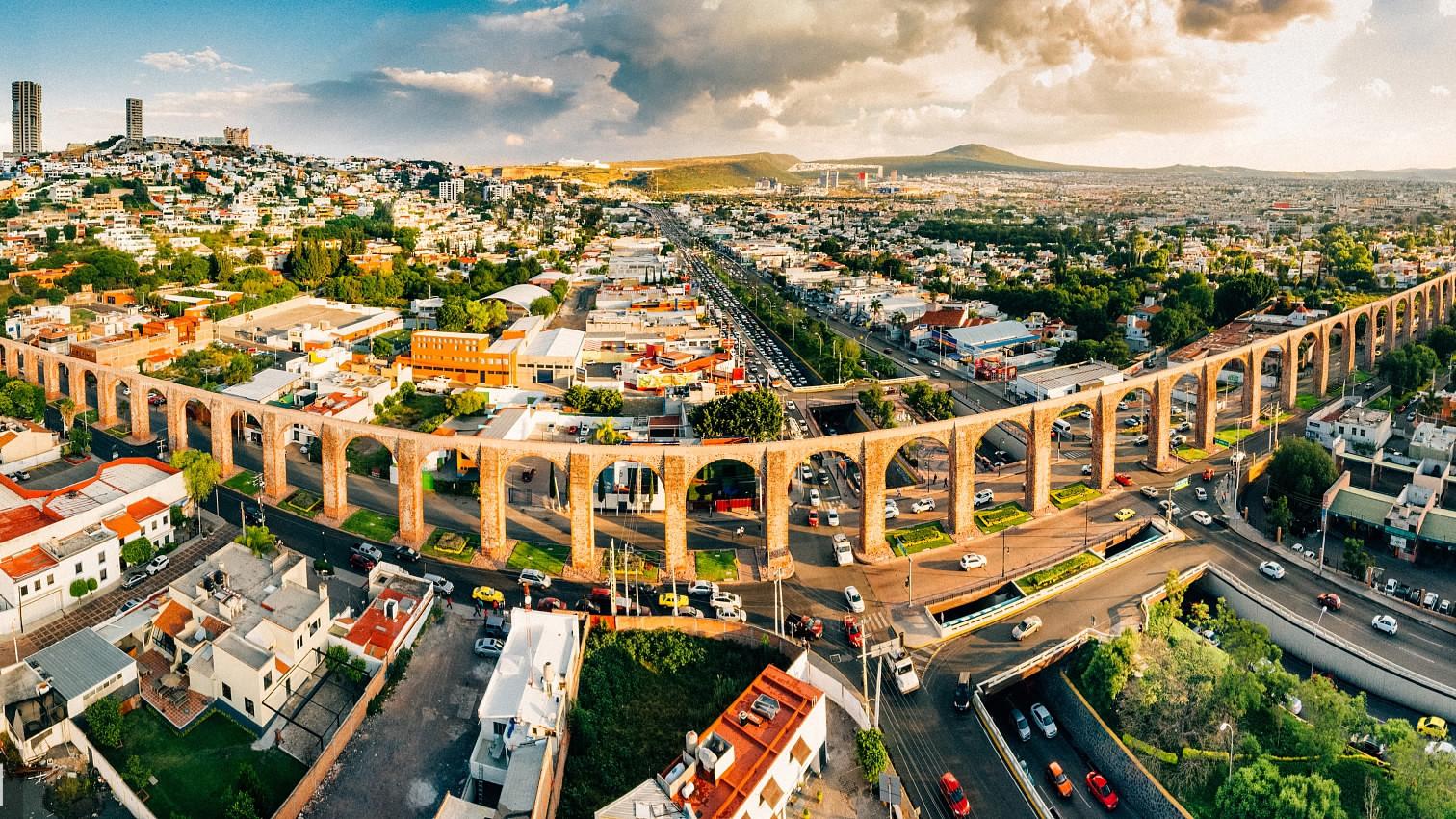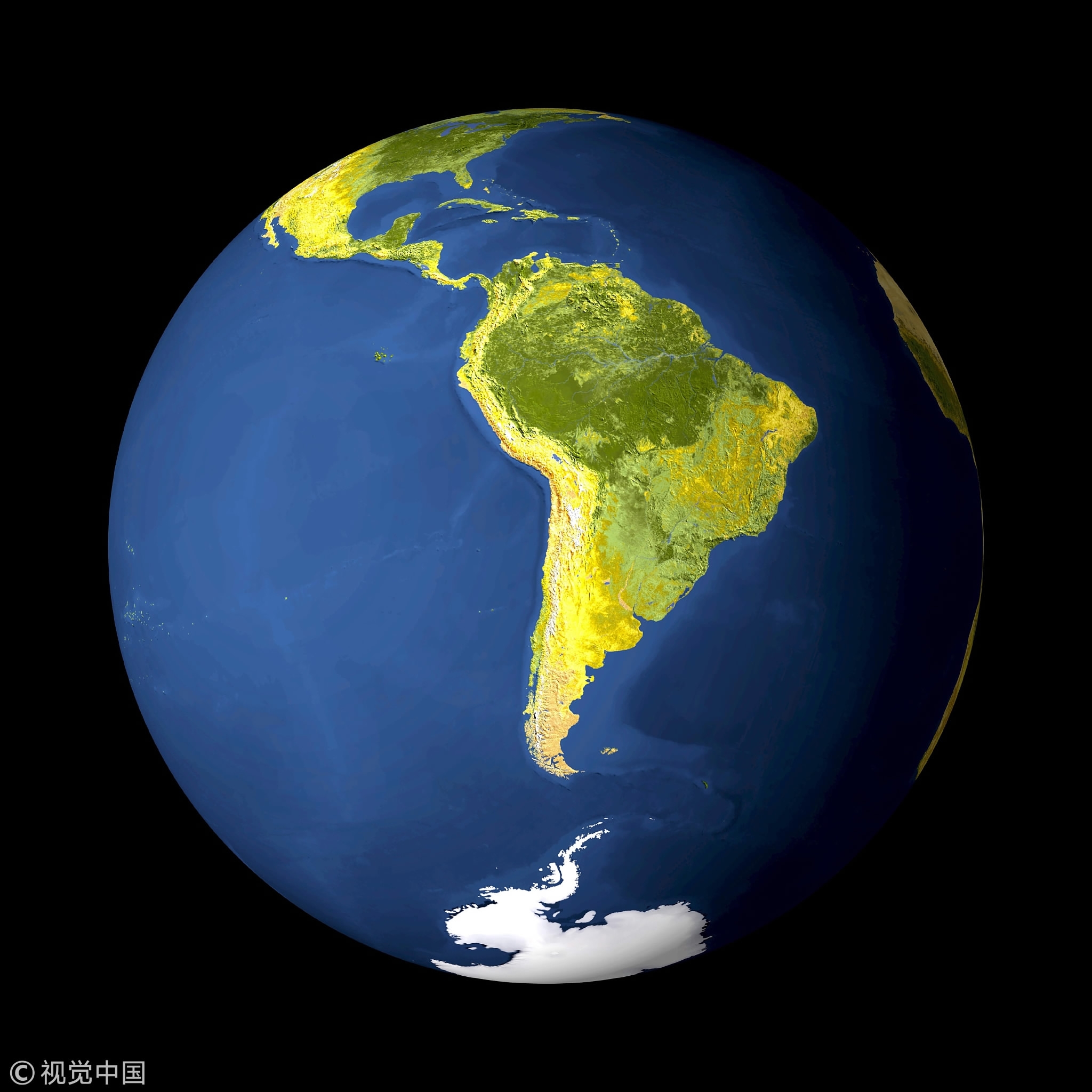
Business
15:24, 21-Apr-2018
Latin America has finally turned the corner, World Bank says
By Bertram Niles

The Latin America and Caribbean region is expected to post a second successive year of modest economic growth in 2018, leading a World Bank report to conclude that the region has "finally turned the corner."
In its latest semiannual report, the Washington-based lender to governments predicts average growth of 1.8 percent this year and 2.3 percent in 2019 for the region.
The turnaround began last year when economic expansion was estimated at 1.1 percent after stagnation in 2015 and a contraction in 2016.
The estimates reflect cautious optimism, but also realism, as the Latin America and the Caribbean region continues to underperform the rest of the world. Global growth is likely to be between three and four percent this year.
The United Nations Economic Commission for Latin America and the Caribbean (ECLAC) expects a better performance than the World Bank, with an updated forecast this month that kept its regional growth projections at 2.2 percent.
Much of this is being attributed to an improvement in external demand.

South America accounts for 71 percent of Latin America and the Caribbean's GDP. /VCG photo
South America accounts for 71 percent of Latin America and the Caribbean's GDP. /VCG photo
"South America, in particular, has benefited from a recovery in commodity prices, led by a doubling in the price of oil from a low of 30.8 dollars per barrel in January 2016 to 65.4 dollars in February 2018," the bank report says.
"More generally, growth in the United States and China is expected to remain relatively strong (with forecasts of 2.3 and 6.5 percent respectively for 2018), which should help the whole region."
The two largest economies, Brazil and Argentina, have been leading the way, with both expected to record rates this year of between 2.4 and three percent. South America as a whole – statistically important as it contributes 71 percent of the region's real gross domestic product – is expected to grow by about 1.5 percent. Of the other geographic entities, the Caribbean is projected at 3.5 percent, Mexico at 2.3 percent and the rest of Central America at 3.8 percent.
The regional performance would be even better were it not for the tanking economy of Venezuela where the report estimates that GDP will decline by about 14 percent, broadly in line with 2017. The country's central bank has not released GDP data since 2015 when economic activity fell 6.2 percent.
Venezuelan President Nicolas Maduro blames the energy-rich nation's problems on an “economic war” by political foes and the United States. The slump in global oil prices after 2014 has also hit hard.

One challenge facing the region is low savings rates. /VCG photo
One challenge facing the region is low savings rates. /VCG photo
The fastest growth this year is anticipated in smaller nations like Panama, the Dominican Republic, Antigua and Barbuda and Bolivia.
A major focus of the World Bank report is what it calls the weak fiscal situation throughout Latin America and the Caribbean, which continues to be a main macroeconomic concern despite the forecasts of expansion.
All but one of the 32 countries ran an overall fiscal deficit in 2017, it says, and public debt for the whole region stands at 57.6 percent of GDP, with five countries – Jamaica, Barbados, Venezuela, Belize, and Antigua and Barbuda – having debt-to-GDP ratios above 80 percent.
“Persistent deficits and high levels of debt can jeopardize the hard-won gains made over the last decades in lowering inflation, reducing poverty and inequality, and fueling inclusive growth,” Carlos Vegh, World Bank chief economist for Latin America and the Caribbean, was quoted by the report as saying. “In the long run, lower fiscal deficits – and lower public debt burdens – would help consolidate those gains and increase growth.”
Fiscal adjustments are already underway in countries such as Argentina, Colombia, Ecuador and El Salvador, the report says, but the process has yet to gain traction in many others.
It mentions priority areas for reforms such as labor markets, education and pensions where applicable, and recommends a major effort to increase trade and financial integration within and outside the region, to grow public infrastructure investment, and establish a tough anti-corruption framework.
Ahead of the annual meeting of its board of governors last month, the Inter-American Development Bank (IDB) also cited Latin America and the Caribbean's need for more investments, particularly in infrastructure.

An improvement in oil prices has helped some economies. /VCG photo
An improvement in oil prices has helped some economies. /VCG photo
"Investment rates for the 1990-2017 period averaged 17 percent of GDP, well behind the 26 percent rate for Emerging Asia. Also, the region is 40 percent less effective than Emerging Asia in generating GDP growth for every additional invested dollar," the IDB said in a news release. "Latin America’s economy would be three times larger today if it had managed to match Emerging Asia’s investment rates and efficiency since 1990.
"Challenges for the region include the low savings rates, with small and inefficient financial systems, pension systems that have low coverage, and on the fiscal front, low revenues and a bias against public investment relative to consumption."
The upshot is that the international financial entities believe that with Latin America and the Caribbean on an upswing, the focus must now be on what the IDB calls "an ambitious growth agenda," with the required policy changes that will drag the region closer to the world average.
But, as always, there are caveats. "Economic activity projections for Latin America and the Caribbean are being made in a more favorable international context than that of the last few years, but significant uncertainties persist regarding protectionist trends, the financial dynamic and geopolitical risks," ECLAC says.
(Top photo: A panoramic view of Santiago de Queretaro, central Mexico)

SITEMAP
Copyright © 2018 CGTN. Beijing ICP prepared NO.16065310-3
Copyright © 2018 CGTN. Beijing ICP prepared NO.16065310-3